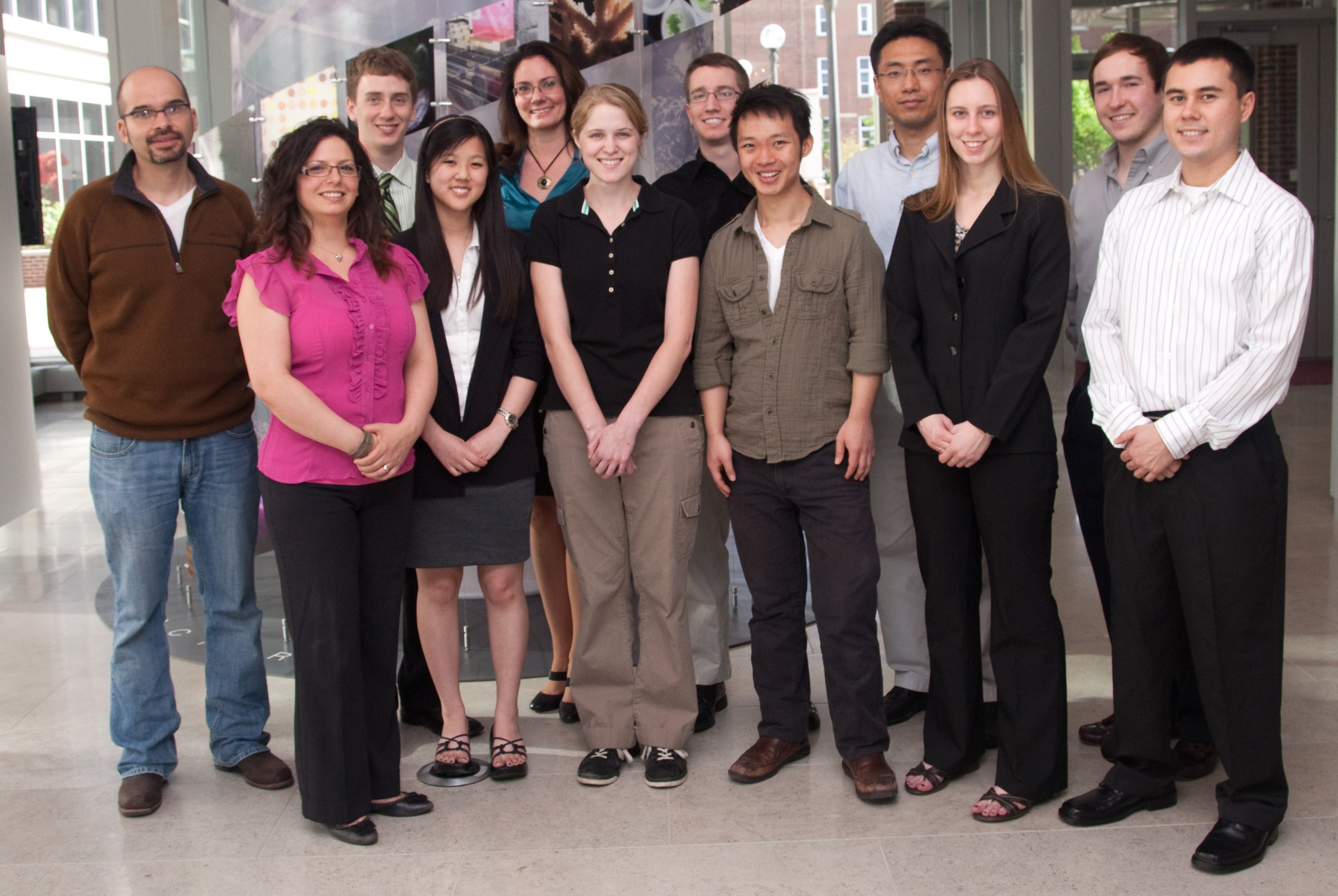Team:UIUC-Illinois
From 2010.igem.org
(Difference between revisions)
| Line 300: | Line 300: | ||
<!----------------END OF TEMPLATE CODE----------------------------> | <!----------------END OF TEMPLATE CODE----------------------------> | ||
| - | [Template:UIUC_Illinois_Bioware] | + | [[Template:UIUC_Illinois_Bioware]] |
*This site is currently under construction. Please visit the [http://openwetware.org/wiki/IllinoisSyntheticBio UIUC OpenWetware Page] for up to date information about the UIUC iGEM team. | *This site is currently under construction. Please visit the [http://openwetware.org/wiki/IllinoisSyntheticBio UIUC OpenWetware Page] for up to date information about the UIUC iGEM team. | ||
Revision as of 19:38, 28 May 2010
| Home | Team | Official Team Profile | Project | Parts Submitted to the Registry | Modeling | Notebook | Safety |
|---|
Template:UIUC_Illinois_Bioware
- This site is currently under construction. Please visit the [http://openwetware.org/wiki/IllinoisSyntheticBio UIUC OpenWetware Page] for up to date information about the UIUC iGEM team.
2010 UIUC iGEM Bioware Team
Meagan Musselman - Team Director
Francis Lee - Research Director
Steve Waltersdorf - Lab Director
Erin Borchardt - Secretary
Bob Cooper - Treasurer
Amanda Chang - Publicity
Matt Entler - Technical Director
Tom Hsiao - Ethics Supervisor?
2010 UIUC iGEM Bioware Advisors
Courtney Evans - IGB Laboratory Supervisor
Dr. Chris Rao - Chemical Engineering
Dr. Yong-Su Jin - Food Science and Human Nutrition
Dr. Joanne Mannaster - BioEngineering
PROJECT PROPOSAL
The 2010 Illinois iGEM Bioware team project involves the construction of a biological system that functions as a decoding nanofabricator. As a continuation of the previous Illinois iGEM Bioware project: The Bacterial Decoder, the decoding bionanofabricator will produce specifically structured, purified, metallic ores depending on the presence of metals in its environment. This system will also possess the capacity to produce metal alloys by analyzing the presence and combination of specific metals in the environment. This system will take advantage of metal-respiring and metal detoxifying microbes that possess the ability to reduce metals as terminal electron acceptors and/or reduce toxic forms of metals into insoluble, harmless forms. The decoding nanofabricator will emphasize the capacity of information processing in biological systems to perform human-defined tasks in industrial, manufacturing, computing, and environmental applications.
| Home | Team | Official Team Profile | Project | Parts Submitted to the Registry | Modeling | Notebook | Safety |
|---|
 "
"

